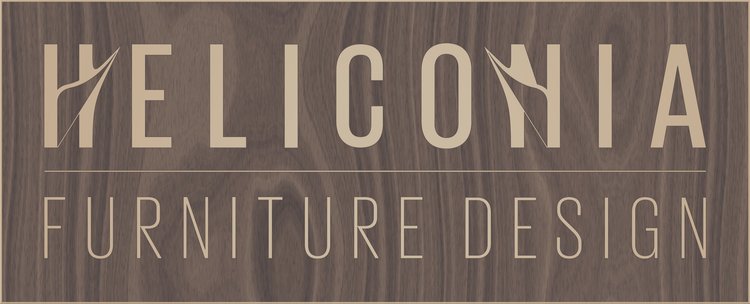Platanus × acerifolia, the London Plane, the Plane tree, the American Sycamore, Platane, Platano. The variously named and most useful of city trees, the London Plane tree can be found planted and mature on the avenues of most European and North American cities.
The London plane is the perfect city tree, dealing with the street pollution by absorbing it into its bark, which it then sheds like battered pieces of armour. This is what gives it it's mottled camouflage look - particularly visible in the springtime before leaf growth. The bark appears to shed on a natural cycle rather than as a response to specific, localised pollution. Certainly, the London Plane trees in the quieter streets of Bermondsey appear to shed as much bark as the pollarded soldiers along the South circular in Catford.
The tree has broad, five lobbed leaves which gives it a resemblance to the Maple and the Sycamore, neither of which it is related to. The conker shaped flowers/fruits, or ‘button balls’ as some would have it, hang down in twos or threes on long storks and appear to be flowerless. In fact, the Plane does very well without the fluctuating bee population as it produces no nectar (like many conifers) and is propagated on the wind when, in early summer, gusts carry the flower dust across the streets and park of the city.
The London Plane was formally described in botanical literature by the Scottish botanist William Aiton, in his 1789 work ‘Hortus Kewensis’, as a variety of Plane Orientalis. It is in fact a hybridization of the Plane Orientalis and Plane Occidentalis, which were planted close to each other in the 17th century in, depending on your favourite story, Spain or at Vauxhall Gardens in London. I will believe the later story for myriad of reasons, but mainly its proximity to what would become the infamous pleasure gardens.
In the early 19th century the trees spread through the great parks and other public spaces. The British library and the Kings College Library in London hold extensive records of planting schemes along with London Plane related newspaper stories. There are accidents noted that involved the trees, disputed property boundaries which passed through trees and in one incident, a man was prosecuted for selling a poisonous tea (made from London Plane leaves) to the unsuspecting visitors to Hyde Park.
But it was in the mid to late 19th century that the Plane began to be planted in greater numbers along the city streets and near factories, specifically to soak up the soot and dust from the gathering industrial revolution. The population has been supplemented many times since, with planting schemes both public and private. Bizarrely, it may be their very ubiquity that renders them invisible to most people. Spot one and give it some thanks for giving your city a little more breathing space.




























